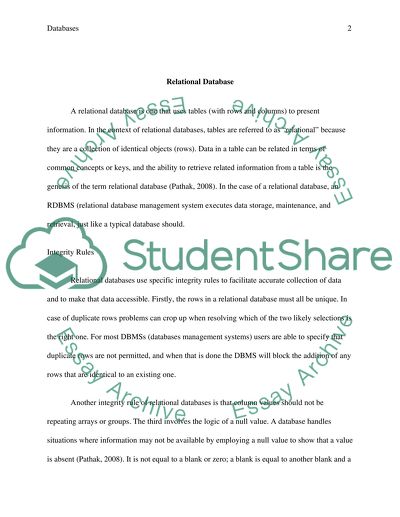Cite this document
(“Databases Coursework Example | Topics and Well Written Essays - 1000 words”, n.d.)
Retrieved from https://studentshare.org/information-technology/1631589-databases
Retrieved from https://studentshare.org/information-technology/1631589-databases
(Databases Coursework Example | Topics and Well Written Essays - 1000 Words)
https://studentshare.org/information-technology/1631589-databases.
https://studentshare.org/information-technology/1631589-databases.
“Databases Coursework Example | Topics and Well Written Essays - 1000 Words”, n.d. https://studentshare.org/information-technology/1631589-databases.


